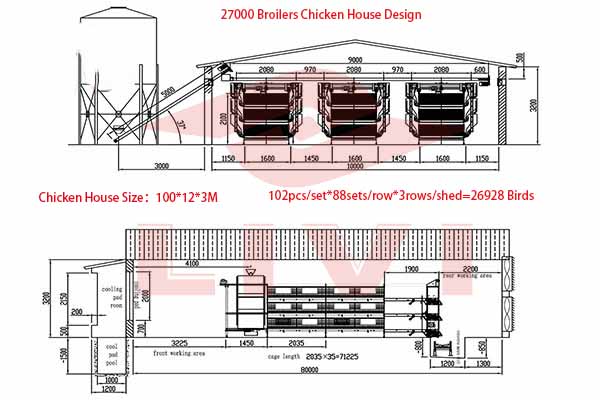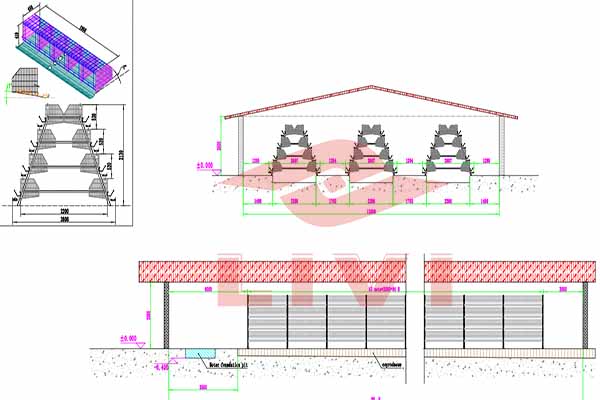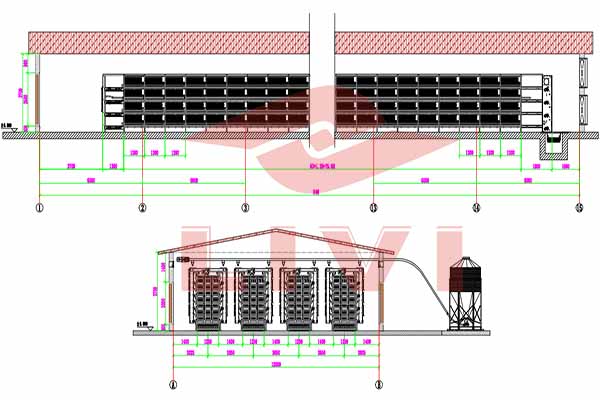Optimizing Layer Chicken Farming with Battery Cage Systems: A Case Study in Tanzania
As the demand for poultry products continues to rise globally, efficient and effective farming systems are paramount. Tanzania, like many other countries, is increasingly focusing on modernizing its layer chicken farming industry. One key component in this modernization process is the adoption of advanced battery cage systems, designed to accommodate up to 15,000 chickens. This article explores the benefits and considerations of implementing such systems in Tanzania.
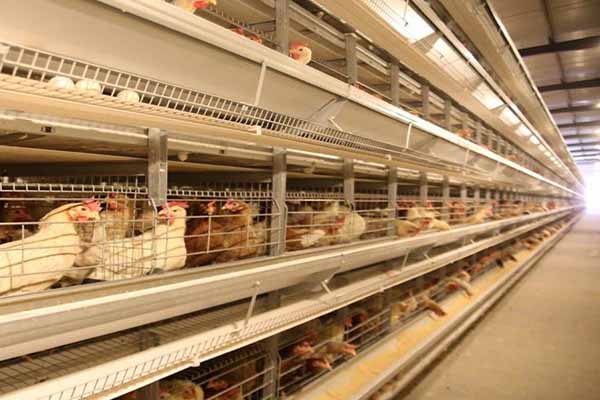
Understanding the Battery Cage System for 15,000 Layer Chickens
Battery cage systems are designed to maximize space and efficiency in layer chicken farming. These systems typically consist of a series of metal cages stacked vertically, allowing for a high density of chickens per square meter. Here are the key features of such a system:
- Vertical Stacking: Up to 15,000 chickens can be housed vertically, significantly reducing the land area required.
- Automated Feeding and Watering: Systems are equipped with automated feeders and waterers, ensuring consistent and efficient nutrition.
- Easy Management: The vertical design facilitates easy monitoring and cleaning of the cages.
- Airflow and Ventilation: Proper airflow and ventilation systems are integrated to maintain optimal environmental conditions.
Data from studies indicate that battery cage systems can increase production by up to 20%, compared to traditional floor-based systems.
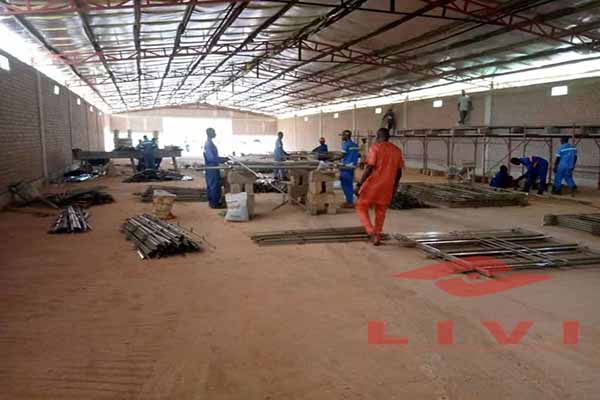
Case Study: Battery Cage Systems in Tanzania
In Tanzania, the implementation of battery cage systems has proven to be a significant step towards modernizing the layer chicken industry. Here are some key benefits observed:
- Increased Egg Production: Farms using battery cages have reported an average of 320 eggs per hen per year, compared to 250 in traditional systems.
- Reduced Disease Outbreaks: The strict hygiene standards in battery cages minimize the risk of diseases, leading to healthier chickens and higher egg quality.
- Cost Efficiency: Despite the initial investment, the long-term cost savings from increased production and re
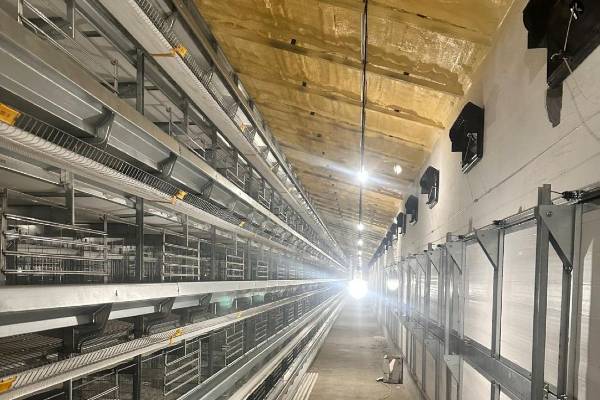 duced feed consumption make battery cage systems financially viable.
duced feed consumption make battery cage systems financially viable.
Table 1: Comparison of traditional and battery cage systems in Tanzania
| Aspect | Traditional System | Battery Cage System |
|---|---|---|
| Land Requirement | High | Low |
| Egg Production | 250 eggs per hen per year | 320 eggs per hen per year |
| Disease Outbreaks | High | Low |
| Feed Consumption | High | Low |
Conclusion
Implementing battery cage systems for 15,000 layer chickens in Tanzania can significantly improve the efficiency and profitability of the layer chicken industry. As an industry leader in poultry farming technology, we encourage potential clients to leave their inquiries below. Contact us to receive a free chicken farm design and equipment quotation from LIVI Mechanical.


